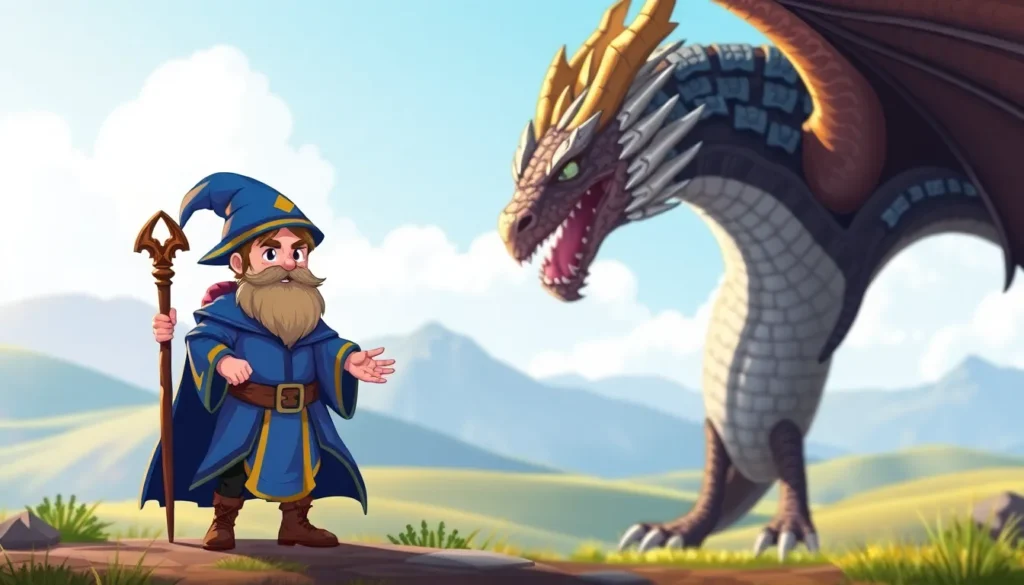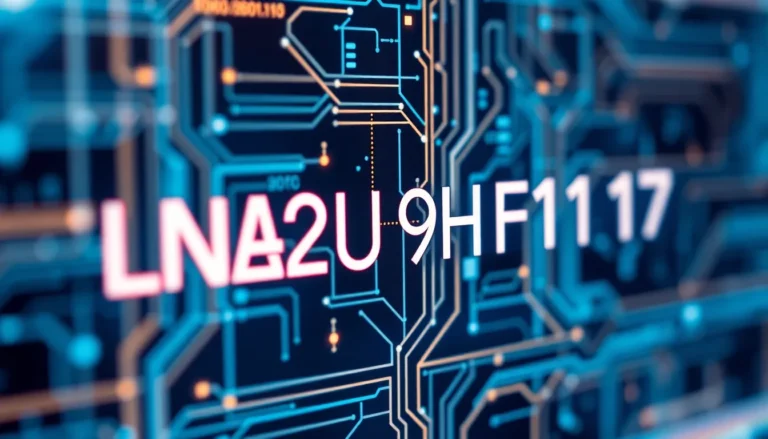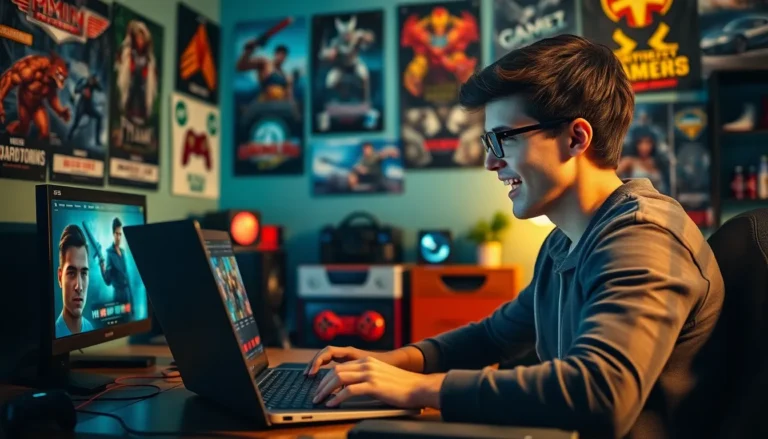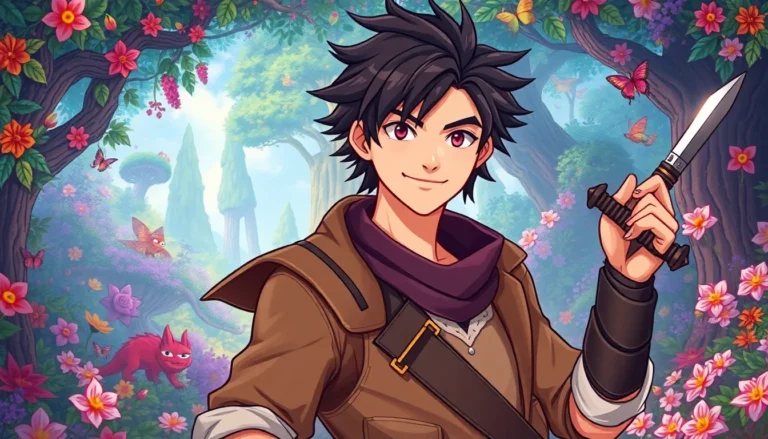In the vibrant world of RPGs, icons are more than just pretty pictures—they’re the heart and soul of every adventurer’s journey. Picture this: a tiny pixelated wizard casting spells while a fierce dragon looms in the background. These icons not only represent characters but also set the stage for epic battles and unforgettable quests.
Table of Contents
ToggleUnderstanding RPG Icons
RPG icons serve as pivotal elements in enhancing gameplay throughout a player’s adventure. These visual representations include characters, creatures, and objects, contributing significantly to the overall gaming experience.
Definition of RPG Icons
RPG icons encompass graphical representations associated with characters, items, or creatures within role-playing games. They provide players with visual cues that aid in identifying various elements of the game world. Examples include wizards, warriors, and dragons, each icon reflecting unique traits and abilities. These images simplify complex interactions, making it easier for players to engage with the game.
Importance in Role-Playing Games
RPG icons are central to conveying the narrative and gameplay mechanics. They enhance immersion by allowing players to visualize their journey and the challenges they face. Players rely on these icons to quickly assess options during combat or decision-making scenarios. Memorable battles often hinge on the clarity and appeal of the icons. Furthermore, they contribute to a cohesive visual identity, making the gaming experience more engaging and enjoyable.
Types of RPG Icons
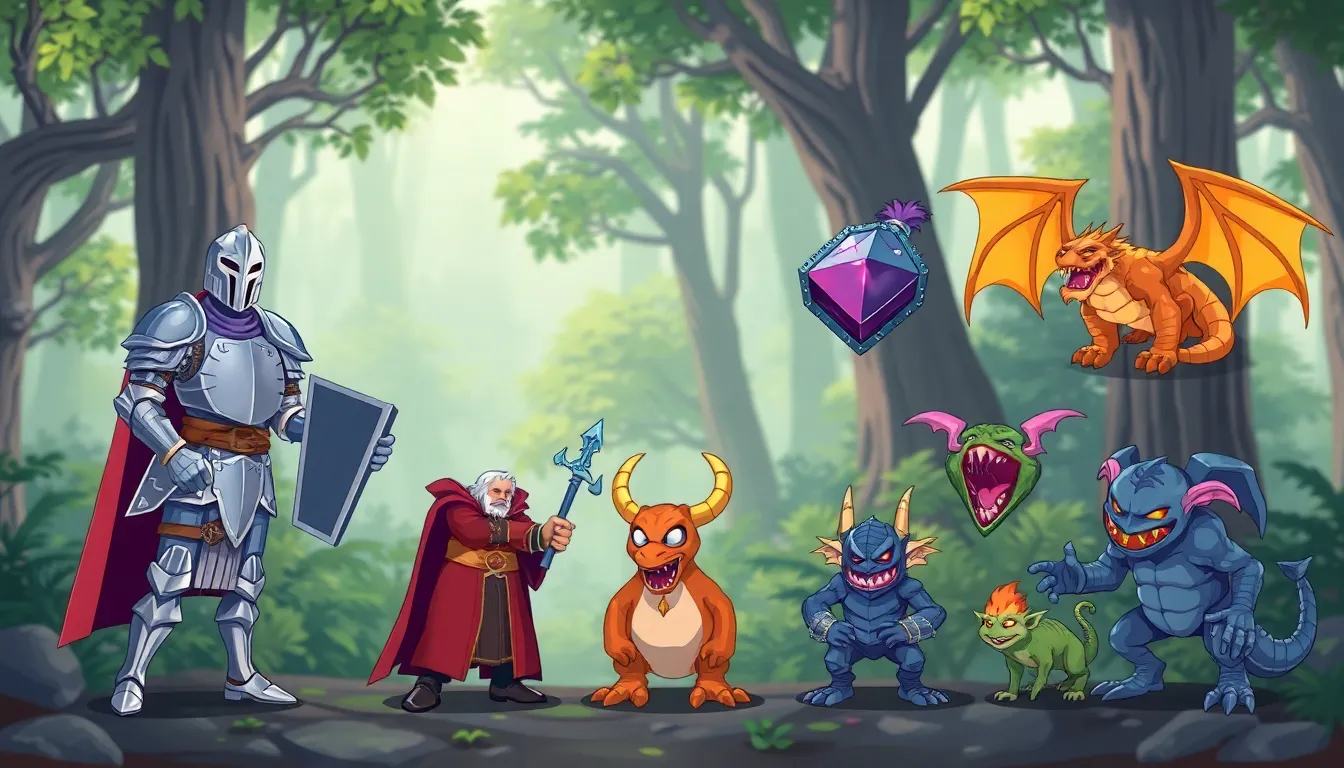
RPG icons come in various forms, each playing a crucial role in enhancing player immersion and interaction. Specific types of icons include characters, monsters, and items. Each type serves distinctive purposes within the gaming world.
Character Icons
Character icons visually represent players’ avatars within the game. These icons often depict heroes, villains, or non-player characters. They emphasize unique attributes such as race, class, and abilities. For example, a knight may showcase armor and a sword while a mage displays robes and a staff. By embodying distinct identities, character icons facilitate player connection and understanding of roles during gameplay. Players can easily recognize allies and foes, enhancing strategic decision-making.
Monster Icons
Monster icons illustrate the diverse creatures that players encounter throughout their adventures. These graphics range from fearsome dragons to cunning goblins. Each icon captures the creature’s essence, aiding players in quickly assessing threats and strategies. A dragon icon might feature fiery breath elements, while a goblin showcases stealthy, quick movements. Different designs enhance atmosphere, reflecting the environment and challenges players face in their journeys. Recognizing monster types contributes to players’ tactical approaches and overall enjoyment.
Item Icons
Item icons represent the various tools and treasures that adventurers discover. They include weapons, armor, potions, and artifacts. Each icon provides immediate recognition of utility and importance within gameplay. For instance, a health potion icon typically shows a vibrant bottle, while a sword icon reflects strength and combat prowess. Players can prioritize their inventories and make strategic choices based on these representations. Overall, item icons enrich the gaming experience by clarifying options and enhancing resource management.
Designing RPG Icons
Designing RPG icons involves a careful balance of creativity and functionality. Icons must convey clear information while being visually appealing.
Key Elements of Icon Design
Color selection plays a vital role in icon design. Using a color palette that aligns with the game’s theme can enhance recognition and atmosphere. Shape and silhouette also contribute to instant identification. Distinct shapes help players differentiate between various character classes, monsters, and items. Size optimization ensures icons remain visible across different resolutions. Clarity remains essential; detailed icons can confuse players during fast-paced gameplay. Lastly, consistency in style unifies the visual language of the game, enabling players to easily immerse themselves in the world.
Tools for Creating Icons
Software tools like Adobe Illustrator offer robust features for designing detailed RPG icons. Vector-based graphics enable scalability without losing quality, making it easier to adjust designs for various screen sizes. Additionally, Sketch provides specialized tools tailored for user interface design. Open-source options such as Inkscape allow for budget-friendly creativity. Game development platforms like Unity support importing custom icons directly, streamlining integration within the game. Lastly, online communities offer resources and tutorials that foster skill development among designers aspiring to create compelling RPG icons.
Trends in RPG Iconography
Iconography in RPGs continues to evolve, with emerging trends enhancing player experiences and visual storytelling. Designers focus on modern aesthetics that resonate with today’s gaming community.
Minimalist Design
Minimalist design emphasizes simplicity and clarity in RPG icons. Many designers favor clean lines and minimal detail, allowing for immediate recognition of characters and items. This approach streamlines gameplay by reducing visual clutter. Smaller, uncomplicated icons maintain visibility on various user interfaces. Popular games like Stardew Valley showcase minimalist icons that effectively convey important information. Players appreciate the intuitive nature of these designs, which enhance engagement while reducing distraction.
Retro Aesthetics
Retro aesthetics draw inspiration from classic video games, attracting nostalgic players. Pixel art and vibrant color palettes evoke memories of the 8-bit and 16-bit eras. Many RPGs incorporate these styles to charm their audiences. This trend emphasizes handcrafted art, providing a unique visual identity. Games like Octopath Traveler exemplify how retro-inspired icons can still convey modern gameplay concepts. Combining nostalgia with contemporary mechanics allows these icons to connect emotionally with players.
RPG icons play a crucial role in shaping the gaming experience. They not only represent characters and creatures but also enhance immersion and strategic gameplay. With thoughtful design and modern trends, these icons connect players to their adventures in meaningful ways.
As the gaming landscape evolves, the importance of effective iconography becomes even more pronounced. Designers are tasked with creating visuals that are both functional and engaging, ensuring that players can easily navigate their quests. The continued innovation in RPG icons promises to enrich the storytelling and gameplay for generations to come.

